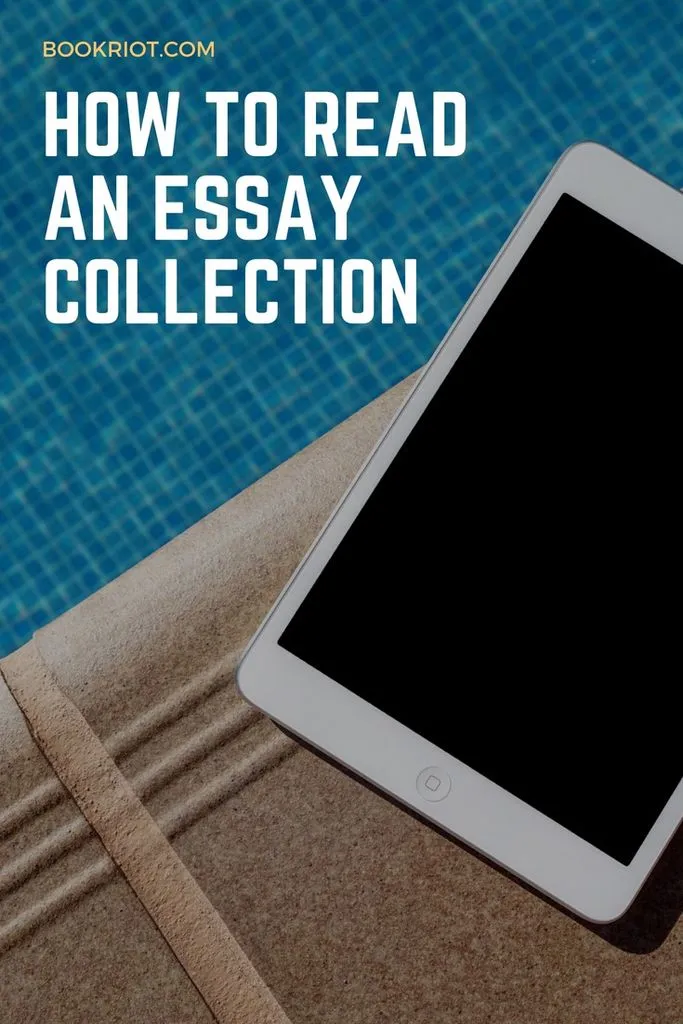
How to Read an Essay Collection
This content contains affiliate links. When you buy through these links, we may earn an affiliate commission.
How to read an essay collection? You may think no instructions are necessary. All you do is open the book, look over the table of contents, get going on the first essay, and proceed from there as usual. You can certainly read collections that way, and I sometimes do. But you might get more out of the experience if you keep a few things in mind before jumping in. And perhaps these suggestions will encourage you to pick up an essay collection if that’s not the kind of thing you usually read. Here are some points to consider:


- Make sure you have the right book for you. You can read essays about literally anything! The variety of subject matter available is astounding, and writing styles vary broadly as well. You can find collections that are entirely personal, ones that are entirely impersonal and based on reporting and research, and ones that have a mix of both. Some essays are poetic, some are funny, some are serious, some have footnotes. Find the subject matter you want to read about and a writing style that works for you. But know also that some essayists are so good you will want to read whatever they write, no matter the subject!
- It helps to know that essay collections have different organizational methods, so you will want to read the back cover material and/or the introduction (if there is one) and/or some reviews to find out how your collection is organized. Some are organized chronologically, for example, while others are arranged thematically. Some contain pieces that were all written recently, while others collect work over a long period of time. Some have essays all about one particular theme, while others contain a hodgepodge. Some collections are all by one author, while others have a different author for each piece.
- Bad Feminist by Roxane Gay
- Slouching Toward Bethlehem by Joan Didion
- Tiny Beautiful Things by Cheryl Strayed









